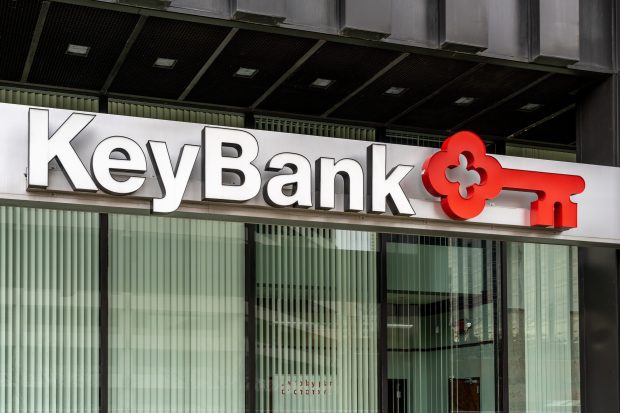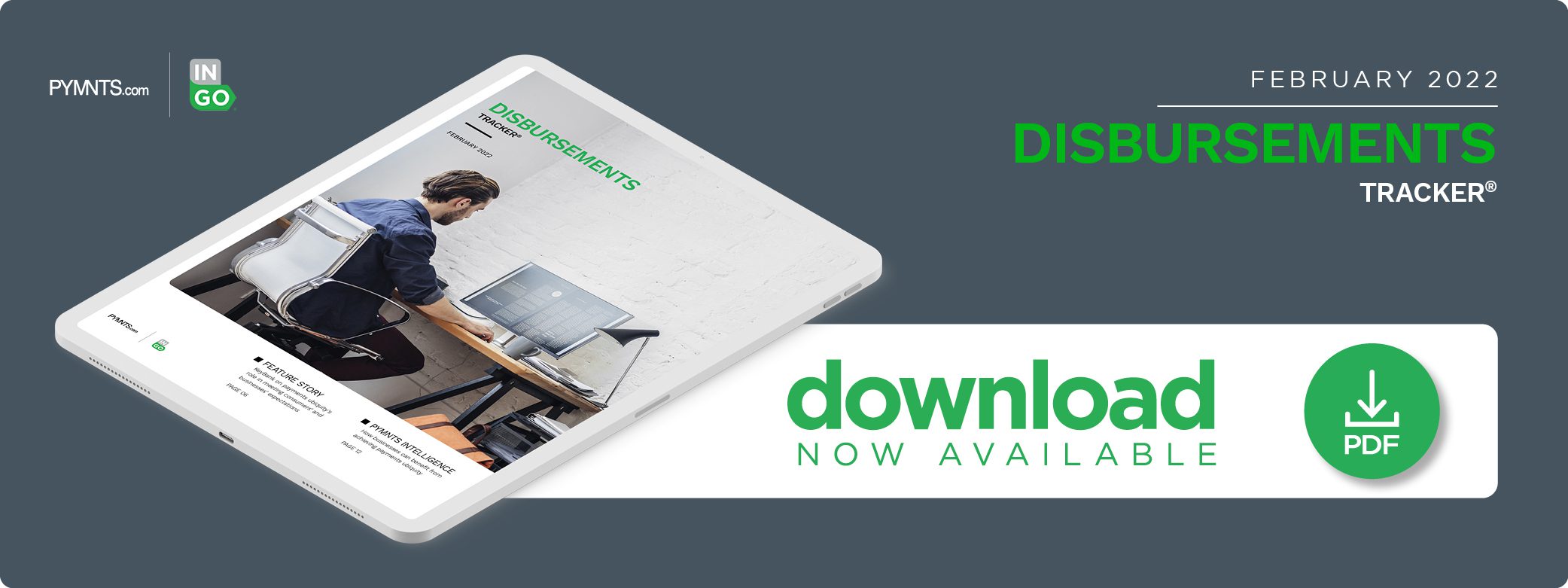KeyBank on Payments Ubiquity’s Role in Meeting Consumers’ and Businesses’ Expectations

Speed is of the essence for large-value transactions, and so is the ability to send those payments across any payments rail. In this month’s Disbursements Tracker, KeyBank’s Megan Kakani explains why allowing payors to pay anyone, anywhere — and using a payments method of their choosing — is an important step to delivering instant payments ubiquity.
Consumers and businesses alike want certainty in how and when they will receive disbursements, and instant payments can help them meet this demand.
These methods can spare them from repeatedly checking on a payment’s progress, for example, or keeping track of which transactions have been completed and what funds are available to spend.
Speed is not the only factor in ensuring payees are satisfied, and payments choice is increasingly serving as a driving force. Consumers are accustomed to having a robust assortment of methods and channels for payments, and that desire now is influencing their expectations in the B2B space.
Payment options in the B2B realm historically have been somewhat limited compared to the options available to consumers, but they have expanded rapidly in recent years, Megan Kakani, head of Emerging Products, Product and Innovation with the enterprise commercial payments group at KeyBank, told PYMNTS. She explained that while this boom in payments choice is a positive development, it can create challenges for payors as they try to satisfy recipients’ wide-ranging payment demands. Still, payors have numerous incentives for managing this bevy of payment options and doing so can add value to disbursements for both sides of the transaction.
Disbursement Challenges in the Digital Age
More and more consumers expect to receive payments quickly and in their preferred methods. Kakani said one of the primary challenges for payors making business-to-consumer (B2C) disbursements lies in staying on top of security while working with a broad assortment of payment networks. Payees entrust sensitive data that ranges from bank account information to account details used for push payments, making it essential to shore up security across various rails.
“The complexity on the payments side is the interaction with the consumer, the communication with the payee [and] the management of all the sensitive data that comes with making payments,” she said.
B2B payments can be even more complex, especially when these payments and the information that accompanies them pass through both digital and physical channels. Kakani explained that automating digital processes for invoicing and payment is one crucial step in removing much of this complexity. Rather than sending out an invoice, receiving a payment and then having to connect the payment with the invoice through manual processes, digital automation eliminates a significant amount of work and the potential for human error.
“If you’re sending a digital invoice and someone, based off of that, is coming into a portal [and] making a payment, you’ve already connected the information about the open receivables and the payment that’s coming in,” Kakani said. “If it starts digital, it can flow digital all the way through, with the information connected much more continuously throughout the process.”
The Value of Better Payments Management
As more payors move closer to true instant payments, adding value will entail more than just making payments more quickly. Simplifying the process can allow payors and payees to get the most out of their instant payment options.
“If you layer on top of speed [the] simplification of processes by uniting it all, I think there’s an extra layer of value there,” Kakani said. “Those channels have a little bit more value because you’re also getting efficiency out of it.”
Payments choice comes with other considerations as well. Kakani said this is especially true for high-value transactions in which predictability in timing and reversibility are larger concerns. In these cases, payors and payees want more transparency and certainty into when funds will be transferred and settled.
“Speed still has a place in the large-value [transactions], just, at that point, I think there are other factors that come into the equation as well that matter,” she said.
Significant strides have been made toward payments ubiquity, however, and Kakani said some payments providers are making it much easier for payors to send funds to payees anywhere via any network or method. The next big challenge is in reconciling payments.
“You still have to unite the information on the back end because things settle at different times, and different payment rails have different exception reasons,” Kakani said. “I think it’s easier to make it one process on the front end, but you’ve got to make sure that you’re taking care of the back end, and it can all tie back together.”
Payments can hit many roadblocks as they move from one point to another, and these issues will only compound if companies take a piecemeal approach to offering and managing numerous payment methods. Working toward adding certainty and simplicity into the disbursements process, especially via all-in-one solutions and tools that make reconciling transactions easier, will be necessary as the payments landscape grows more complex and interconnected in the years ahead.

